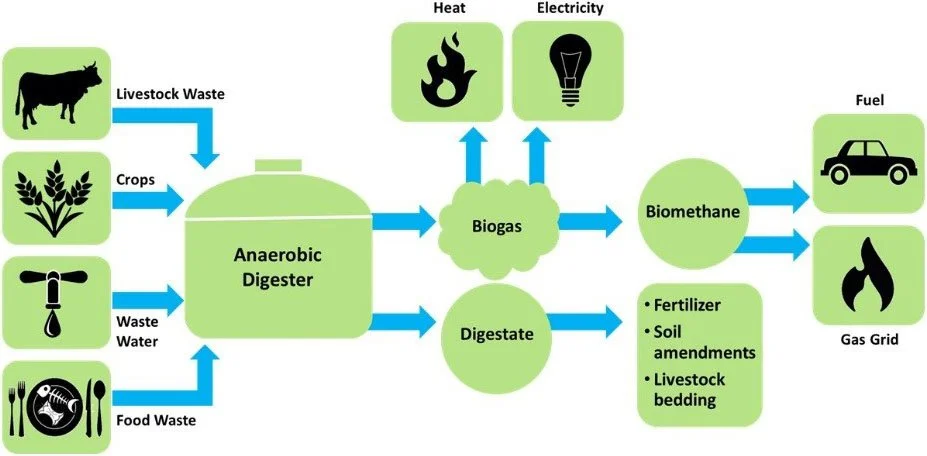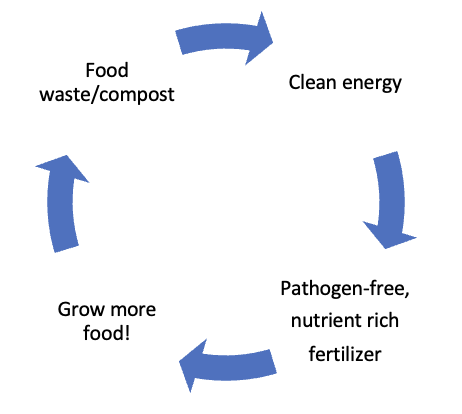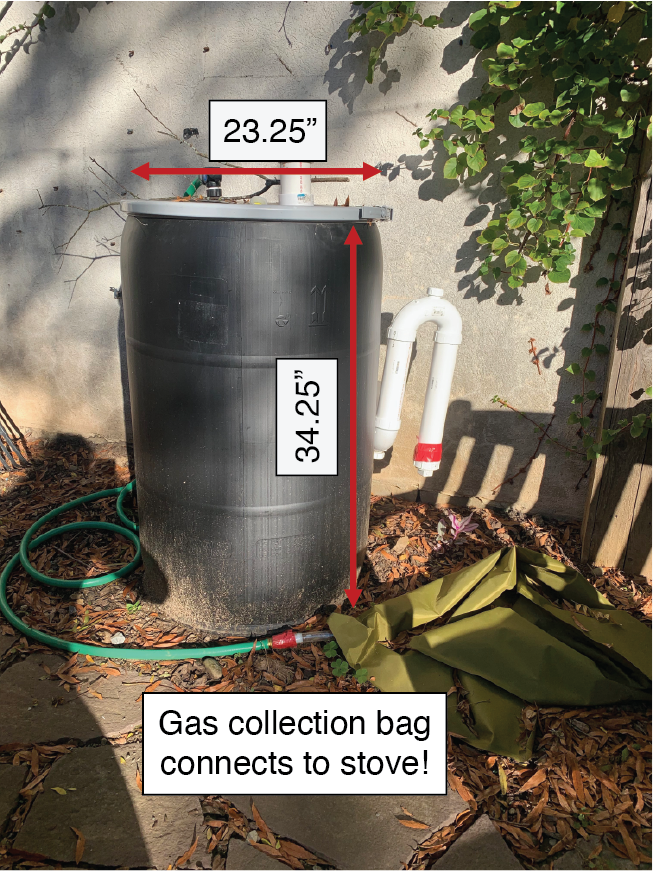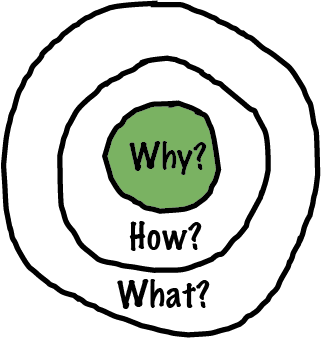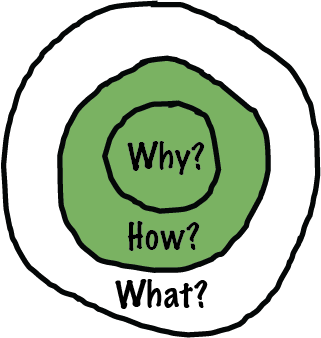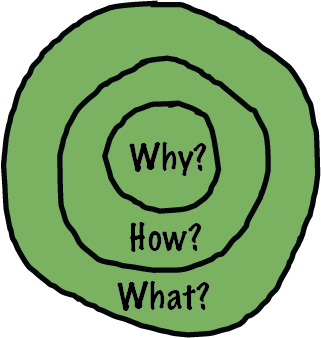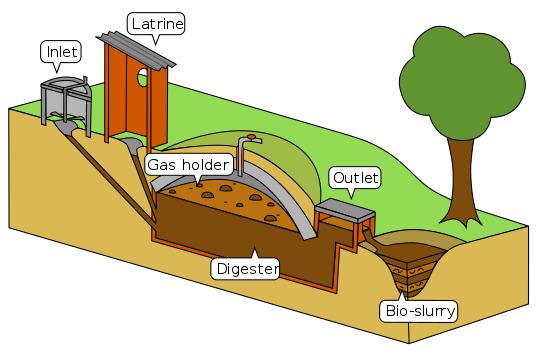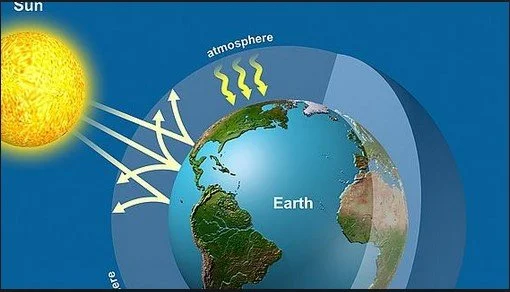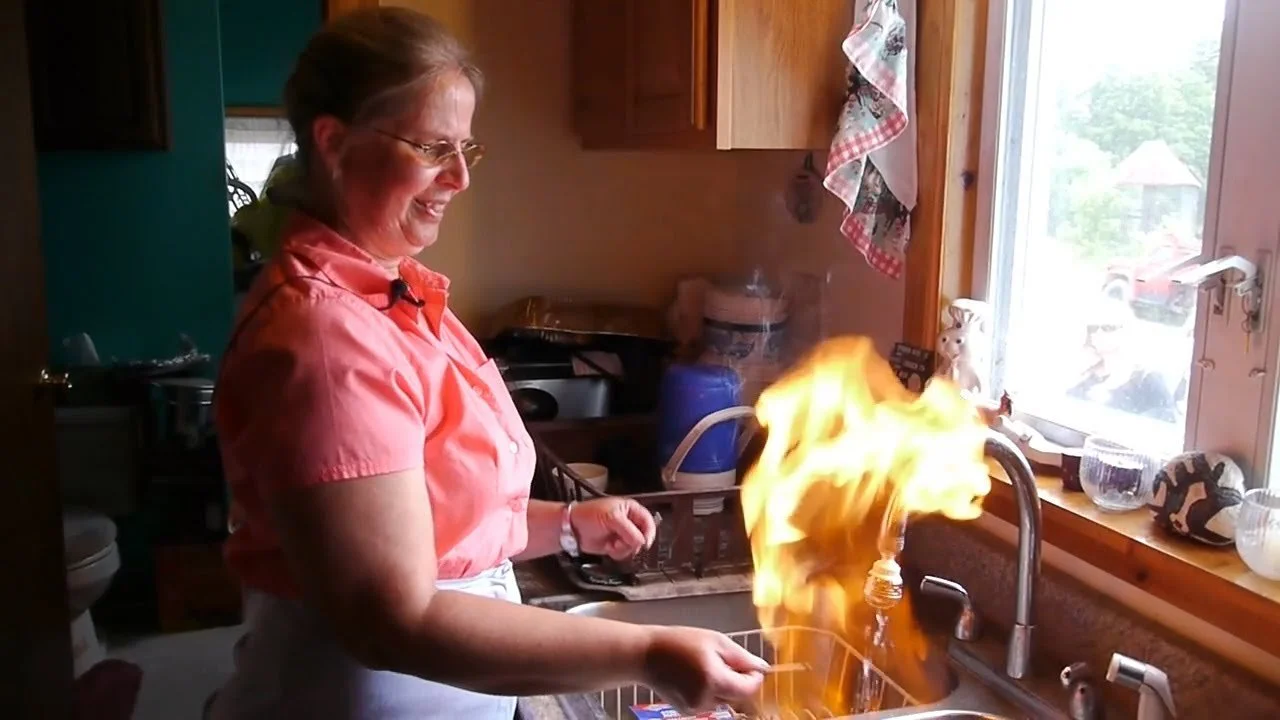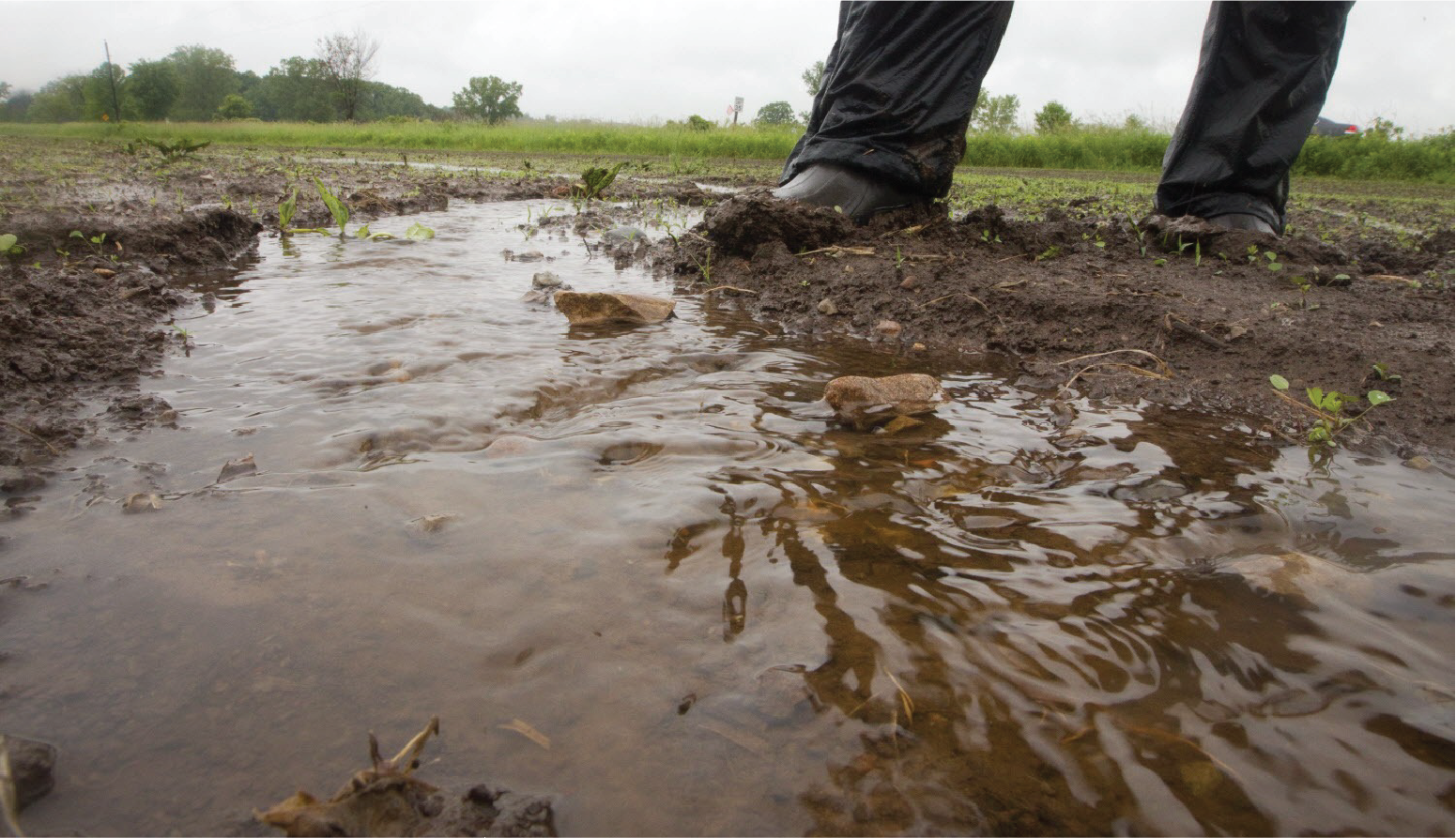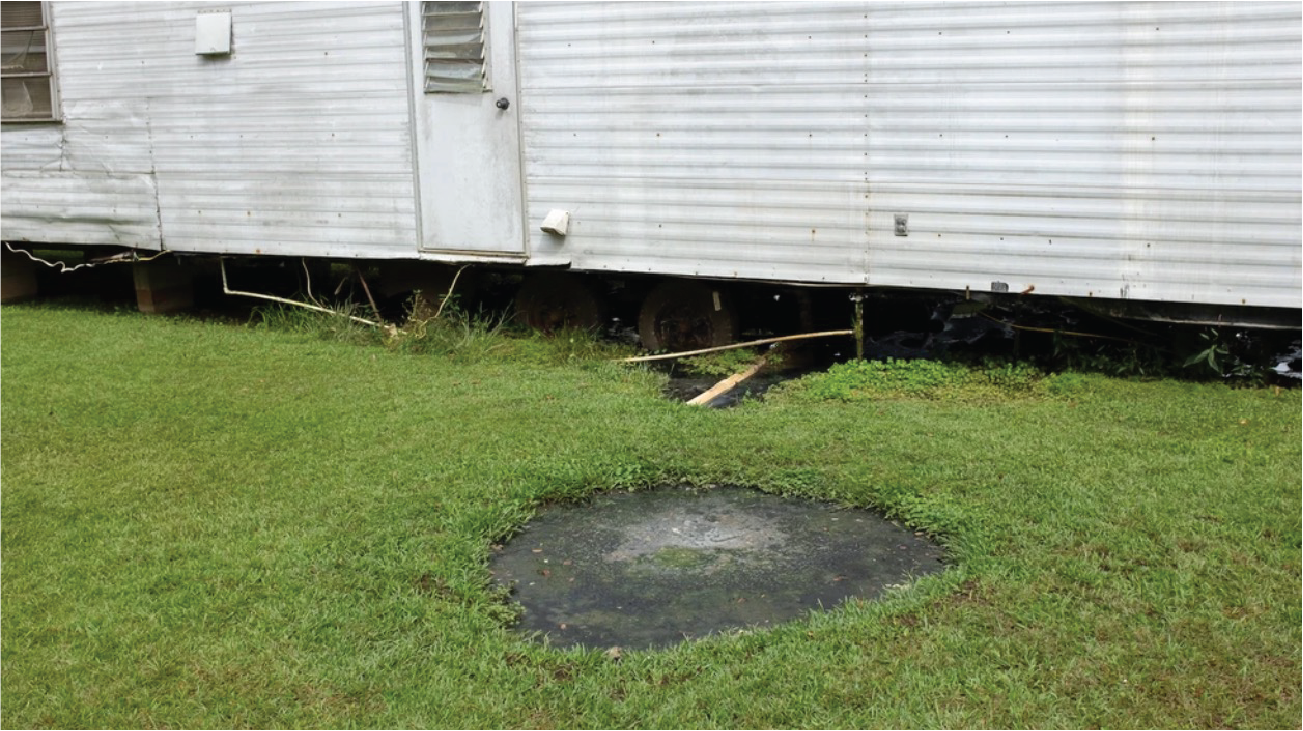Anaerobic Digesters
What are they? Why should we care?
Anaerobic Digesters capture methane produced from organic waste (e.g. compost, manure). The methane can be used for cooking, heating, etc.
AND, the leftover waste converts to a pathogen-free fertilizer that can be used directly on crops and gardens!
Closed Loop. Use food waste to capture energy to cook food. The leftover food is used to generate more energy. The digester waste is used as a fertilizer to grow more food.
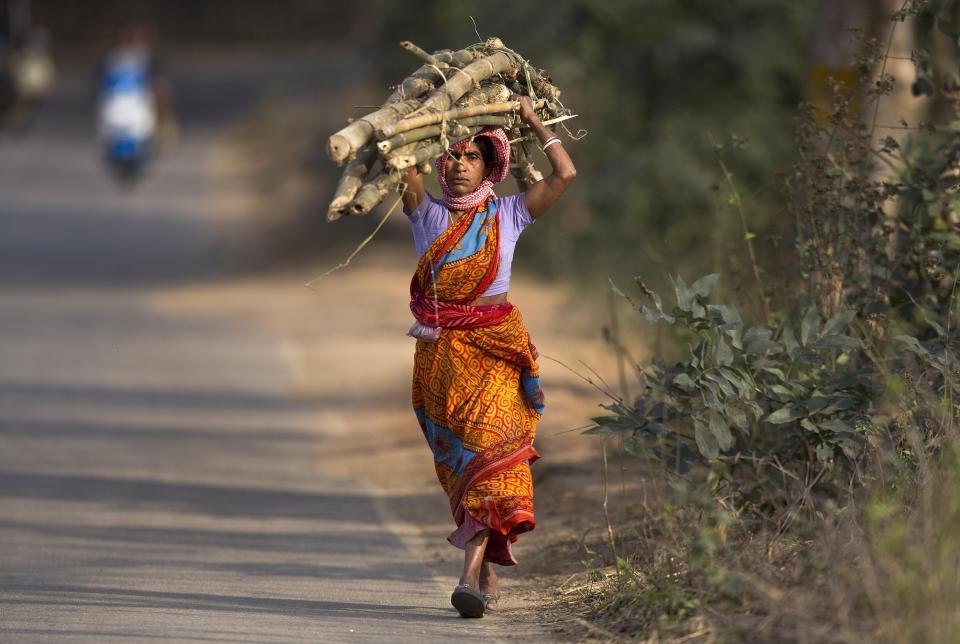
One cubic meter (m3) of biogas produces 6 kilowatt-hour (kWh) of heat
This is ~30% more efficient than firewood and ~75% as efficient as charcoal and gasoline
Dream it.
Put compost in a barrel, wait a couple of weeks and voila!
Photograph of a small-scale digester in my backyard in Lancaster City. We are still in the Reseach & Development phase. But, as you can see, they’re small enough to fit anywhere. The final step is to make it look nice. We all aspire for great design :)
Why?
Energy security is not available for everyone and if it is available it is often not sustainable and/or renewable
How?
Build and distribute small-scale anaerobic digesters. Turns waste into clean, sustainable, renewable energy!
What?
Food, water, energy & waste equity.
Gives women and other marginalized communities power over their own lives.
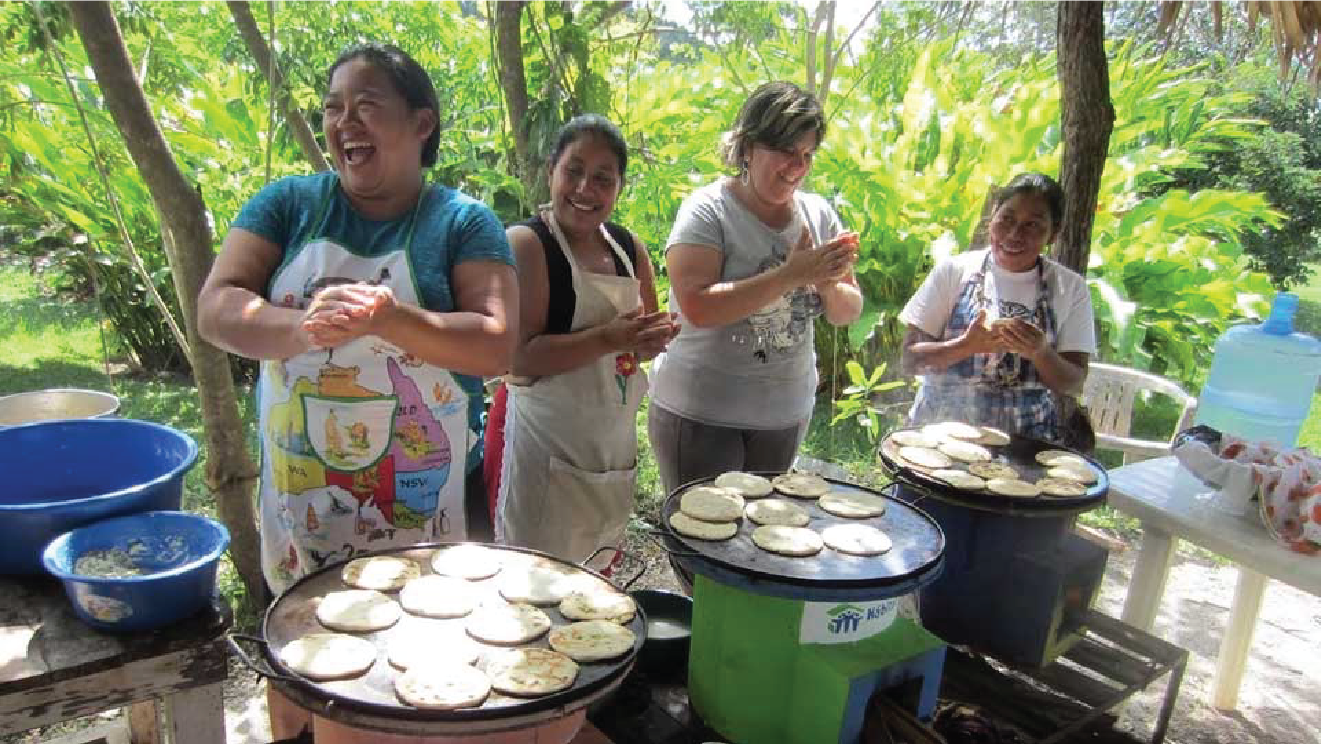
Empowering. Freedom. Agency.
Schematic Diagram
A basic sketch of an Anaerobic Digester. Note that Digesters can be hooked up to toilets!
Large-scale Digesters
These are common on large farms. Oregon Dairy — right here in Lancaster, PA — runs its entire store and farm via biogas from manure and compost!
More Amazing Uses for Anaerobic Digesters…
Reduces Greenhouse gas emissions
Anaerobic Digesters capture methane that is being produced naturally. Burning the methane, for cooking, heating, etc., breaks the methane down into a less harmful greenhouse gas.
Reduces fracking
Why frack if we can capture methane from the natural decay of organic waste? For example, we can capture methane from landfills! The fracking process requires a lot of water AND often destroys local aquifers to the point where you can light your water on fire.
Removes waste from waterways
Food waste, manure, human sewage often reaches our waterways. Why not take all this organic waste and turn it into a pathogen-free fertilizer via Anaerobic Digesters?
Disposes of raw sewage
Many parts of the world (including the States!) do not have effective sanitation systems, so human waste is exposed and diseases associated with it can spread. Why not hook up digesters to toilets, such as at refugee camps? Photo of raw sewage outside a trailer from Lowndes, Alabama.
Use biogas to boil water
The leading cause of death for kids under 5 is diarrhea, due to unclean water. Boiling water to make it potable is an ancillary benefit of Anaerobic Digesters.

